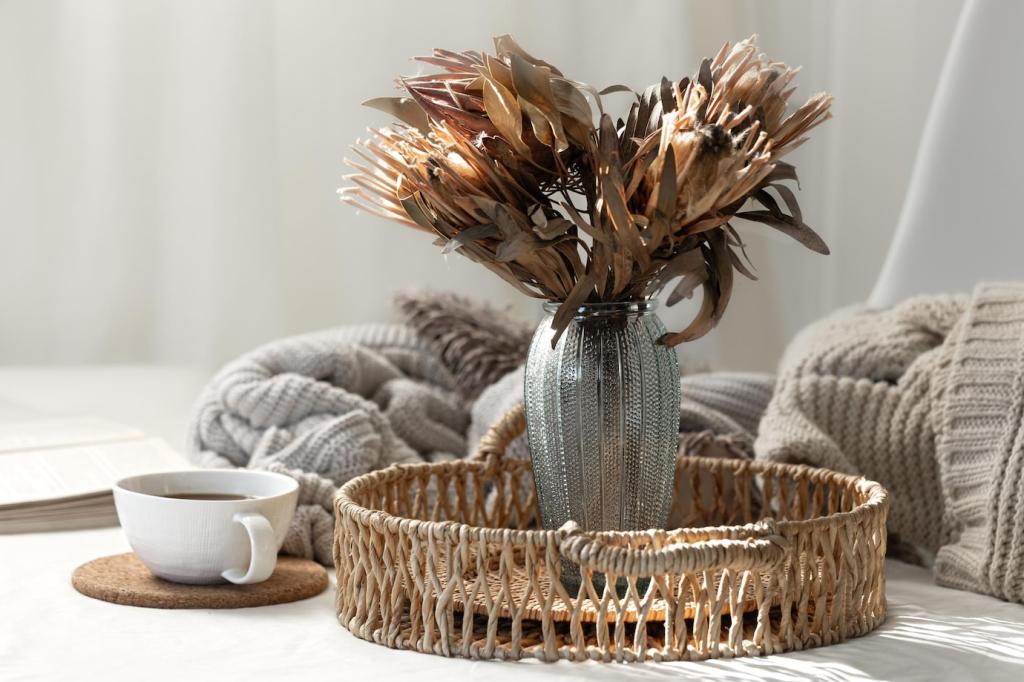Passive Solar Design That Works
In most temperate climates, aim primary living spaces toward the south to collect gentle winter sun while protecting against harsh summer gains. Consider trees, neighboring roofs, and hills that cast shadows. How is your site oriented? Share a sketch—let’s brainstorm.
Passive Solar Design That Works
Low-E coatings, insulated frames, and the right solar heat gain coefficient help invite winter warmth without summer glare. Pair sunny floors with thermal mass—concrete, stone, or engineered tiles—to store daytime heat. Our breakfast nook stays warm long after sunset thanks to this combo.






